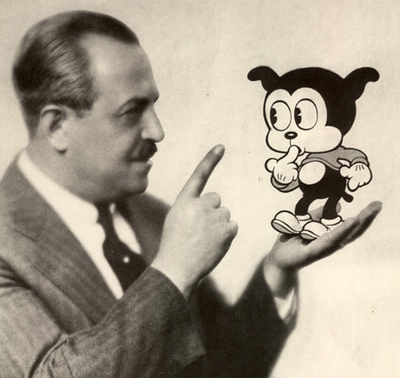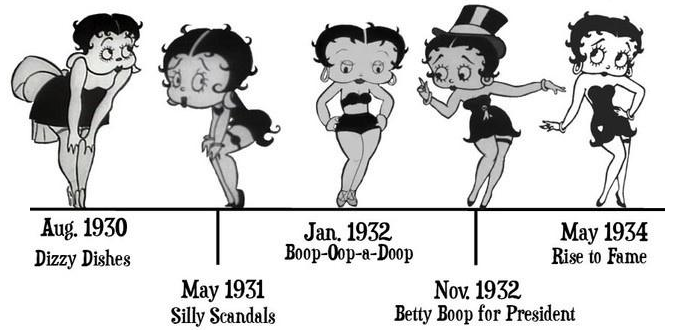Fleischer Studios


In 1915 the rotoscope technique was invented by animator Max Fleischer. He used his groundbreaking invention for his Out of the Inkwell animated series (1918–1927) staring Koko the Clown. The live action reference was performed by his brother Dave Fleischer dressed in a clown costume. In 1929 Max and Dave founded Fleischer Studios. Their most famous characters included Koko the Clown, Betty Boop, Bimbo, Popeye the Sailor, and Superman.
Throughout the 1920s Fleischer created and patented numerous inventions and techniques that revolutionized the world of animation. These innovations included the famous "follow the bouncing ball" used in their early Screen Songs shorts (a precursor to karaoke). The Rotograph, an early photographic process for compositing animation with live action backgrounds. And the Stereoptical Camera an apparatus that used three-dimensional miniature sets built to the scale of the animation artwork. The animation cels were placed within the setup so that various objects could pass in front of and behind them, and the entire scene was shot using a horizontal camera.

Betty Boop was featured in 126 theatrical cartoons between 1930 and 1939. At least 12 Screen Songs cartoons featured similar "prototype" Betty characters. But she made her first offical appearance in the cartoon Dizzy Dishes. Betty Boop was the star of the Talkartoons by 1932 and was given her own series that same year. From that point on, she was crowned "The Queen of the Animated Screen".
Several of their shorts were developed as promotional vehicles for some of the top Black Jazz performers of the day including Louis Armstrong, Don Redman, and most notably, the three cartoons made with Cab Calloway. This was considered a bold action in light of the racist policies active in the southern united states where such films would not even be shown in theaters.
The cartoons of the Fleischer Studio were very different from those of Disney, both in concept and in execution. Unlike other studios, whose characters were anthropomorphic animals, the Fleischers' most successful characters were humans (with the exception of Bimbo). The environments were grittier and urban, often set in squalid surroundings, reflecting the Great Depression as well as German Expressionism. As a result, they were rough rather than refined and consciously artistic rather than commercial. Their approach focused on surrealism, dark humor, and adult psychological elements. The loose, improvisatory animation (generally termed "The New York Style") and racy pre-Hays Code content of the early shorts were (and continue to be) a major influence on many underground and alternative cartoonists.
Notable artists from the studio include: Lillian Friedman Astor - the first American female studio animator. Grim Natwick, Roland "Doc" Crandall, Ted Sears, Myron Waldman, Seymour Kneitel, Willard Bowsky, Berny Wolf, Al Eugster, and James "Shamus" Culhane.

